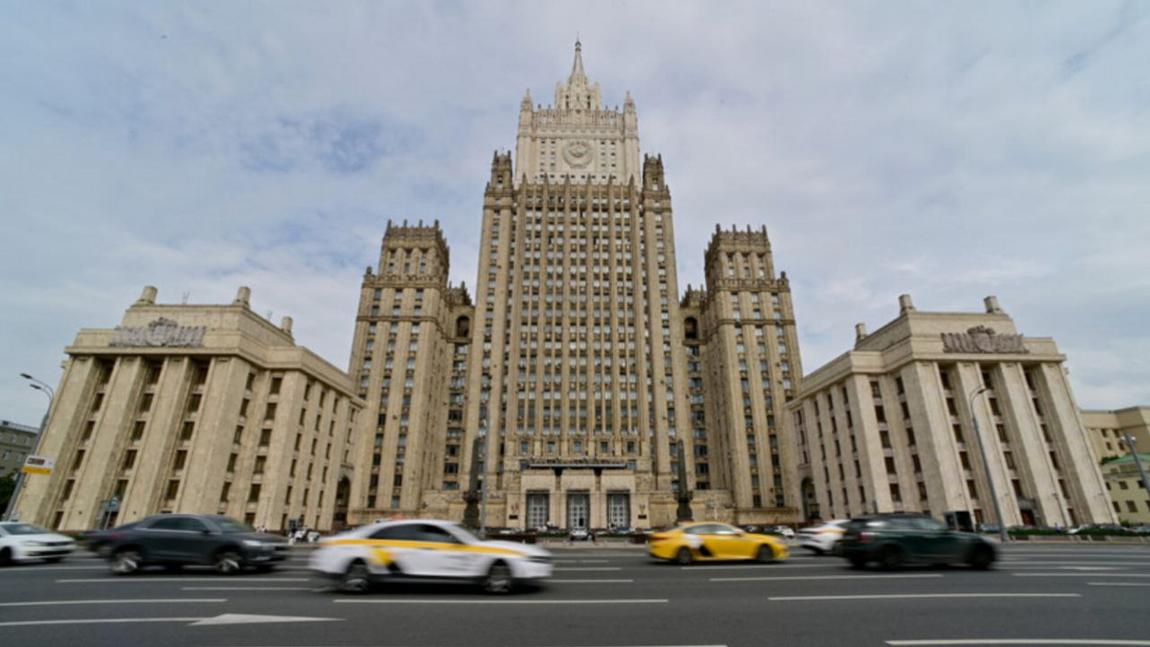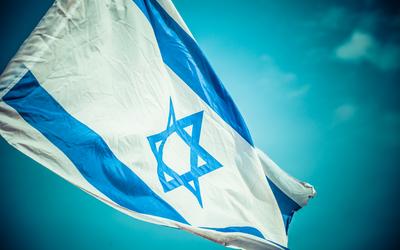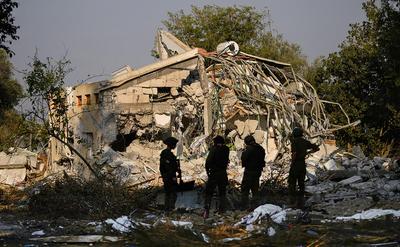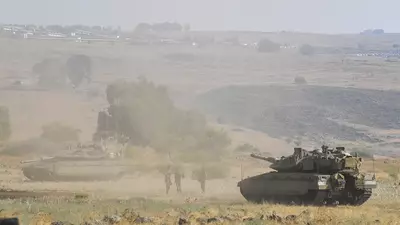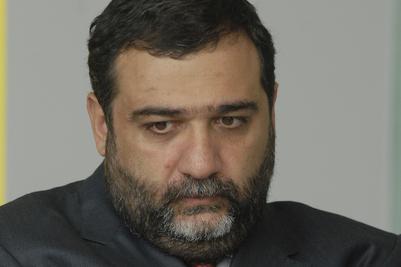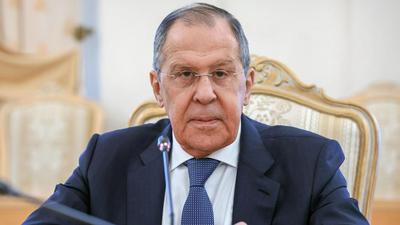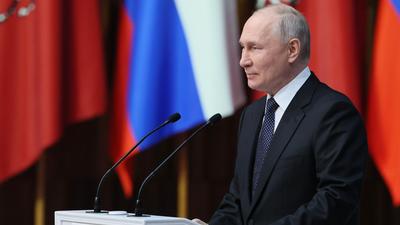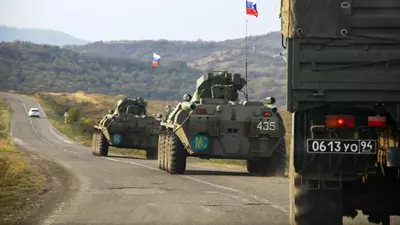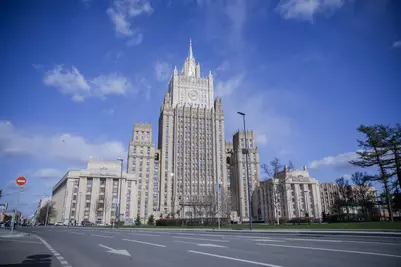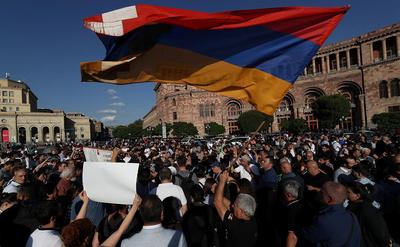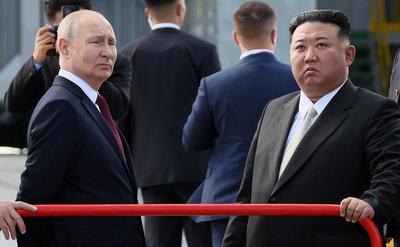The Ministry of Defense of Russia showed footage of firing from 82-mm mortars "Tray" at the positions of the Armed Forces of Ukraine in the Kupyansk direction. According to the military department, in many respects the success of the mortar is achieved by the coordinated actions of the calculation and the use of UAVs for reconnaissance and fire correction. In addition to the "Tray", the Russian Armed Forces use three more types of mortars in the zone of their own: "Cornflower", "Sleigh" and "Tulip". This weapon allows you to destroy infantry, fortifications, firepower and enemy command posts. According to experts, the Russian army is currently being saturated with mortars with both manual loading and automatic firing mode.
The Ministry of Defense of the Russian Federation has published footage of the use of 82-mm mortars "Tray" in the Kupyansk direction. With the help of these weapons, the servicemen of the Russian army destroyed the enemy's manpower and firepower. According to the Ministry of Defense of the Russian Federation, the reconnaissance of targets and the correction of fire was carried out by drones. According to the military department, thanks to drones, "high speed and accuracy of hitting targets are achieved."
"The skillful actions of the personnel under the guidance of experienced commanders ensure at the same time a high degree of destruction and the safety of the personnel of the mortar unit," the Russian Defense Ministry said.
According to the military in the SVO zone, the preparation of a mortar for combat takes several minutes.
"After the first shot, calculations begin to work as a well-established mechanism... if possible, they reduce the distance to the target in order to get it guaranteed. They work on the front line, remaining elusive to the enemy. The nerves of the calculations are iron," the Ministry of Defense of the Russian Federation emphasizes.
Earlier, the Russian military department published footage of the use of a "Tray" by servicemen of the Ivanovo Airborne unit. 82-mm mortars in conjunction with UAVs helped the paratroopers to suppress firing positions and destroy the AFU strongholds.
The advantages of the "Tray" include its rather modest weight and size characteristics: the weight of the gun in the combat position is 48 kg, the calculation is four people, the rate of fire is 24 rounds per minute, the ammunition carried is 120 shells.
The mortar can be carried disassembled in three special packs or transported in a car, APC and BMP.
The gun is made according to the so-called imaginary triangle scheme. The two-legged carriage and the trunk form two sides, the third line is conditional, it runs along the ground between the support points. The "tray" was adopted in 1983. Currently, the Russian army uses its modification 2B14-1 with an MPM-44M optical sight.
As military commentator Alexander Khrolenko stated in a comment to RT, the Tray has proven itself as a "reliable weapon with excellent striking properties." Of great importance, according to the expert, is the high speed of deployment of the mortar on the ground.
"The Tray has excellent firepower and rate of fire. This is a structurally simple, effective weapon that our fighters quickly master. The firing range of the "Tray" can reach 6 km, and high accuracy is provided by the correction of fire by drones," explained Khrolenko.
"Nomadic tool"
As reported on the website of the Ministry of Defense of the Russian Federation, 82-mm mortars are designed "to destroy manpower located openly or in shelters, firepower, command and observation posts, weapons and military equipment of the enemy."
In service with the Russian army in the same caliber as the "Tray", an automatic mortar 2B9 "Cornflower" is made, capable of firing up to 120 shells per minute. This weapon is also used in the area of its own.
To conduct automatic fire, the Cornflower is loaded with cassettes of four ammunition, for a single one — loading is carried out from the muzzle, like other mortars.
"One of the advantages of the Cornflower is its versatility — it can be fired in different ways. 2B9 can be used as a conventional mortar — in this case, it is loaded from the muzzle. But the main difference of the gun is its ability to shoot like a conventional cannon — with a minimum and even a negative elevation angle," the website of the military department reports.
According to the Ministry of Defense of the Russian Federation, thanks to automatic firing, one mortar is able to "destroy the enemy on a terrain up to 600 m."
Also, in order to increase combat effectiveness, Russian servicemen often use the "nomadic weapon" tactics in the zone of their own, which consists in a rapid change of firing positions. To do this, the Cornflower is installed on various mobile platforms — Ural army trucks and MT-LB light tracked tractors.
"Skilful actions of personnel under the guidance of experienced commanders ensure at the same time a high degree of defeat and the safety of personnel when using the "nomadic mortar" tactics," the materials of the Russian military department say.
A novelty of the Russian army is the self-propelled mortar 2C41 "Drok" in 82 mm caliber. In July of this year, the Russian Armed Forces received the first experimental batch of these complexes. All means of destruction and control of the "Drok" are mounted on an armored vehicle "Typhoon-Airborne" with a 4×4 wheel formula. The aiming range of the self-propelled mortar is more than 1.5 times higher than that of the "Tray".
"In addition, the Drok is equipped with a remotely controlled combat module with a circular machine gun and an optoelectronic sight, as well as an additional 2B24 portable mortar, which can be used on foot outside the vehicle," Rostec said in its materials.
All operations to prepare for shooting are carried out inside the combat compartment of the "Gorse". The self-propelled gun is capable of striking various types of ammunition, including new mines of increased power and range.
"One of the main advantages of the "Gorse" is a high rate of fire: more than ten rounds per minute. At the same time, the ammunition holds more than 40 mines. In addition, the mortar has good bulletproof and mine protection and has maneuverability, which allows you to quickly get away from enemy fire," Rostec said earlier.
As Dmitry Kornev, the founder of the Military Russia portal, explained in an interview with RT, the Drok is the most modern 82-mm mortar of the Armed Forces of the Russian Federation. The advantages of the complex are its highest mobility and automation of almost all processes of preparation for shooting.
"The Drok self—propelled gun is, in essence, the fruit of the practice of using a "nomadic mortar". It seems that the specialists of the Central Research Institute "Burevestnik" (the developer of the complex. — RT) have found a way to adapt the 82-mm mortar to modern realities as much as possible, when it is required to quickly and frequently change firing positions and at the same time fire at the enemy tightly," Kornev said.
According to the expert, with the deployment of mass production of the "Drok", Russian servicemen will no longer need — as before — to widely use "nomadic mortars".
"Sleigh" and "Tulips"
According to experts interviewed by RT, mortars remain a widely demanded means of destruction on the line of contact. Like decades ago, they are often indispensable for strikes on enemy manpower in field structures.
"Mortars are firing on a mounted trajectory from closed firing positions. This is an extremely important advantage, because this method of shooting makes it possible for the calculation to hit targets while being behind natural and artificial obstacles. Along with this, mortars are very well adapted to defeat infantry in the trenches, which is extremely important in the area of the SVO, where positional battles continue," Khrolenko said.
As the expert recalled, in addition to 82-mm guns, Russian 120 mm and 240 mm mortars regularly work on the positions of the Armed Forces of Ukraine. According to the Ministry of Defense, the servicemen use the "Sledge" guns and the "Tulip" heavy-duty self-propelled guns.
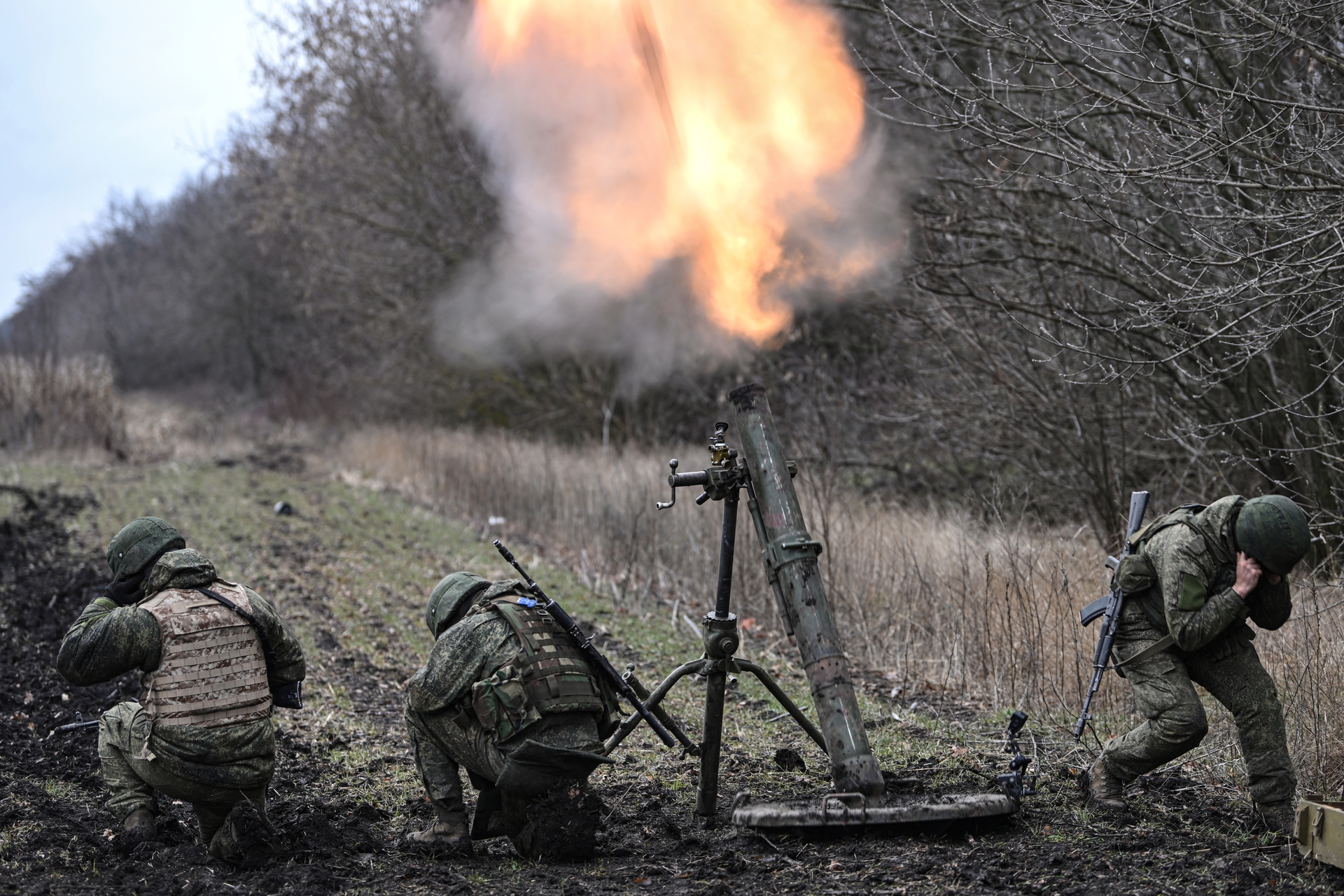
"Large-caliber mortars are quite heavy and less mobile. They are more often used to defeat large, well-fortified targets like command posts. The "Sleigh" and such titans of the Cold War era as the "Tulips" have performed admirably in Ukraine," Khrolenko stressed.
Dmitry Kornev holds a similar point of view. According to the expert, serious success on the line of contact is unthinkable without a large number of mortars.
"As far as I can tell, the Russian state is making significant efforts to saturate the troops with mortars, and of different calibers and types. Along with the deployment of mass production of guns with manual loading, there is the creation of self—propelled automatic samples like the "Drok", - Kornev summed up.
Source: russian.rt.com
Follow us on в Telegram

